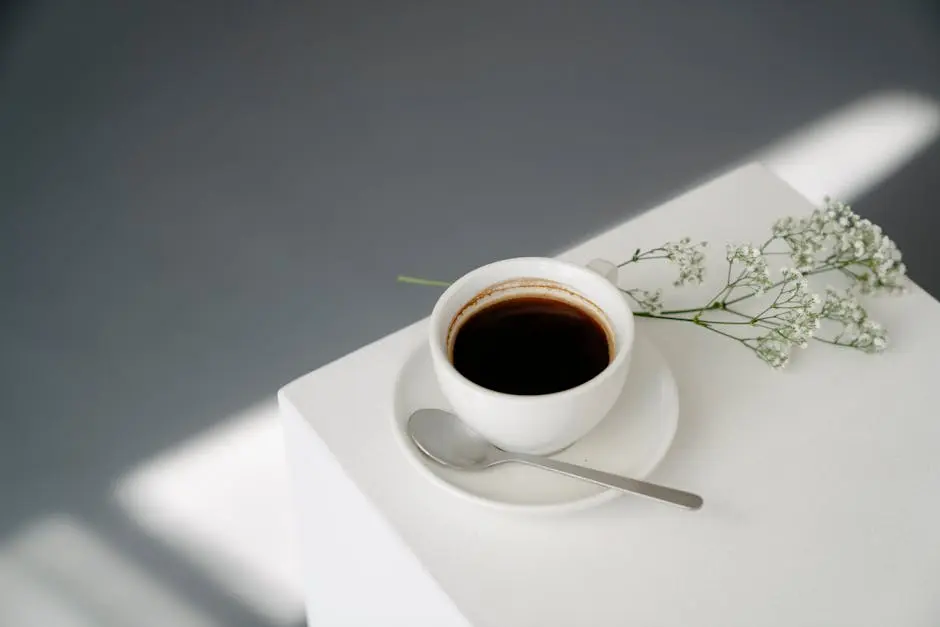
Can Coffee Tasting Improve My Brewing Skills?
Coffee tasting, often referred to as cupping, plays a vital role in understanding the nuances of coffee flavors and aromas. By honing this skill, coffee enthusiasts can enhance their brewing techniques significantly. In this FAQ, we will explore the connections between coffee tasting and brewing abilities, as well as provide insights on how to get started with coffee tasting to maximize your brewing skills.
What is Coffee Tasting?
Coffee tasting, commonly known as cupping, is an essential process for assessing the quality of coffee. It involves evaluating the flavor, aroma, acidity, body, and aftertaste of different coffee brews. During a cupping session, tasters use their senses to gather insights about the beans, which informs better brewing practices.
The process starts with grinding coffee beans and steeping them in hot water, allowing tasters to experience the various attributes of the brew. One of the fascinating aspects of coffee tasting is how different beans from various regions showcase distinct flavor profiles. Whether it’s fruity notes from Ethiopian coffee or chocolate undertones from Brazilian blends, tasting allows you to explore a world of flavor.
Not only is coffee tasting enjoyable, but it’s also highly educational. By understanding what makes a cup of coffee exceptional, you can replicate those characteristics in your own brewing. This knowledge also helps in identifying what beans align with your personal taste preferences, ultimately leading to a more fulfilling coffee experience.
How Does Coffee Tasting Enhance Flavor Recognition?
One of the primary benefits of coffee tasting is that it sharpens your flavor recognition skills. The more you taste, the better you become at identifying various flavors in coffee. This skill is invaluable when brewing since the process naturally influences how flavors emerge in your cup.
As you practice tasting, you’ll begin to develop a vocabulary for the different notes you encounter. This is particularly useful when adjusting your brewing parameters, such as grind size or water temperature, as you can more accurately describe what you want to achieve.
Moreover, recognizing flavor nuances can transform your approach to coffee brewing. For instance, you might identify that a certain brew is overly bitter and conclude that a coarser grind or a shorter brewing time could enhance its profile. Such insights are critical, and they make your tasting sessions not just fun but significantly beneficial for your skills.
What Techniques Can Help Improve My Brewing Skills?
Improving your brewing skills often requires experimentation, and coffee tasting directly informs that experimentation. One effective technique is to brew multiple cups using varying methods, such as French press, pour-over, or espresso. Tasting each method side-by-side allows you to compare how different techniques affect flavor.
Additionally, focusing on water-to-coffee ratios during tasting is crucial. Slight tweaks in these ratios can lead to dramatically different taste profiles. As you develop your tasting skills, you’ll start to realize how much these small changes impact the outcome.
Another valuable technique is keeping a tasting journal. Recording your observations not only helps solidify your understanding but serves as a reference for future brews. You can note which beans worked best with particular methods, flavors you enjoyed, and adjustments you made, which all contribute to a more well-rounded brewing skillset.
Lastly, participating in coffee tasting workshops or discussions can introduce you to diverse brewing techniques and insights from fellow coffee lovers. This communal sharing of knowledge can significantly expand your brewing skills and enhance your appreciation for every cup.
How to Start Coffee Tasting for Better Brewing?
Starting your coffee tasting journey is easier than you might think. First, gather a selection of high-quality coffee beans from various regions. This variety will provide a broad spectrum of flavors to explore and will enhance your overall tasting experience.
Next, set up a basic cupping station. You’ll need a few cupping bowls, hot water, and some tools for grinding the coffee. As you begin tasting, pay attention to the aroma as you grind and steep each coffee. Swirling the coffee and taking in those aromas is just as important as the tasting itself.
Make sure to take notes during your tasting sessions. Write down your impressions of each coffee, focusing on flavor, acidity, and body. This practice will not only enhance your memory of different flavors but also help you identify patterns in what you enjoy, making your brewing more tailored to your preference.
Lastly, don’t hesitate to share your experiences with friends or join a coffee club. Tasting with others can provide new insights and deepen your understanding of coffee, making it a fun and fulfilling activity that complements your journey to better brewing.
Wrap Up: Your Journey to Better Brewing Through Tasting
In conclusion, engaging in coffee tasting can indeed lead to improved brewing skills. By understanding flavor profiles, experimenting with brewing methods, and paying attention to the details of each cup, coffee lovers can elevate their coffee experience to new heights. So, whether you’re a novice or an experienced brewer, consider making coffee tasting a regular practice in your journey toward perfecting the brew.

